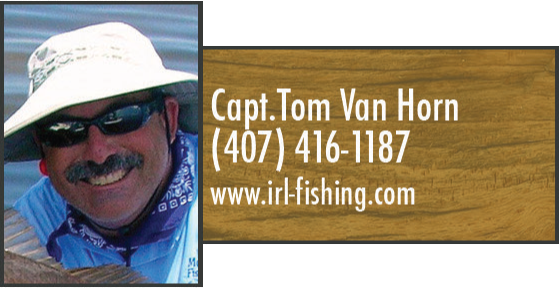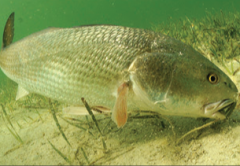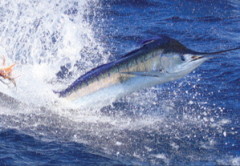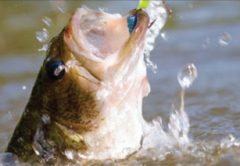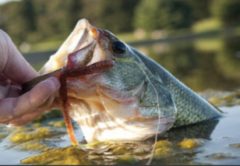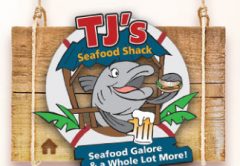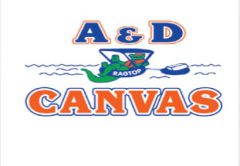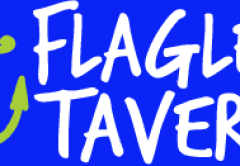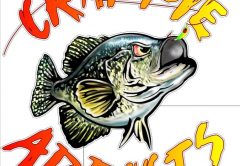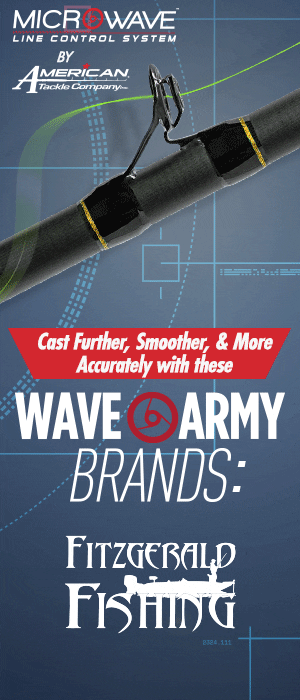As our prevailing summer breezes switch from the southeast to the northeast on Florida’s Space Coast, tropical species of fish begin to form up and move south through the lagoons and along the beaches. This migration marks the beginning of the fall bait run and the fall fishing season as hordes of baitfish, primarily silver and black mullet and predatory species like snook and tarpon begin their southerly migration.
Look for snook, tarpon, redfish, bluefish, jack crevalle, Spanish mackerel, sharks, and large kingfish crushing and shadowing bait pods all along the beach. Locate bait pods by watching for birds diving and fish working the bait on the surface. Once you’ve located the bait concentration, simply determine its direction of movement, usually south, and set up in front of it.
For kingfish, try the Port Canaveral buoy line, and the inshore reefs and wrecks in 70 to 120 feet of water. When targeting kingfish, slow trolling live pogies (Atlantic menhaden) on stainless steel stinger rigs is the preferred method. Also as the water temperatures cool, look for the large manta rays to move into shallower water on their migration south bring cobia with them.
On the lagoons, look for breeder schools of redfish to begin forming up to spawn in their traditional locations. Over the years these breeder schools of redfish gather for the spawn on the inshore lagoons and become common targets for anglers chasing them with their trolling motors. I encourage catching a trophy redfish or two, but as long as we continue chasing these fish, they will find it difficult to spawn. Fish heavier line and tackle to shorten the fight, then release them quickly. Tip: only hold the fish out of water for photos – as long as you can hold your breath. Keep fish in the water between photos and spawning should continue.


